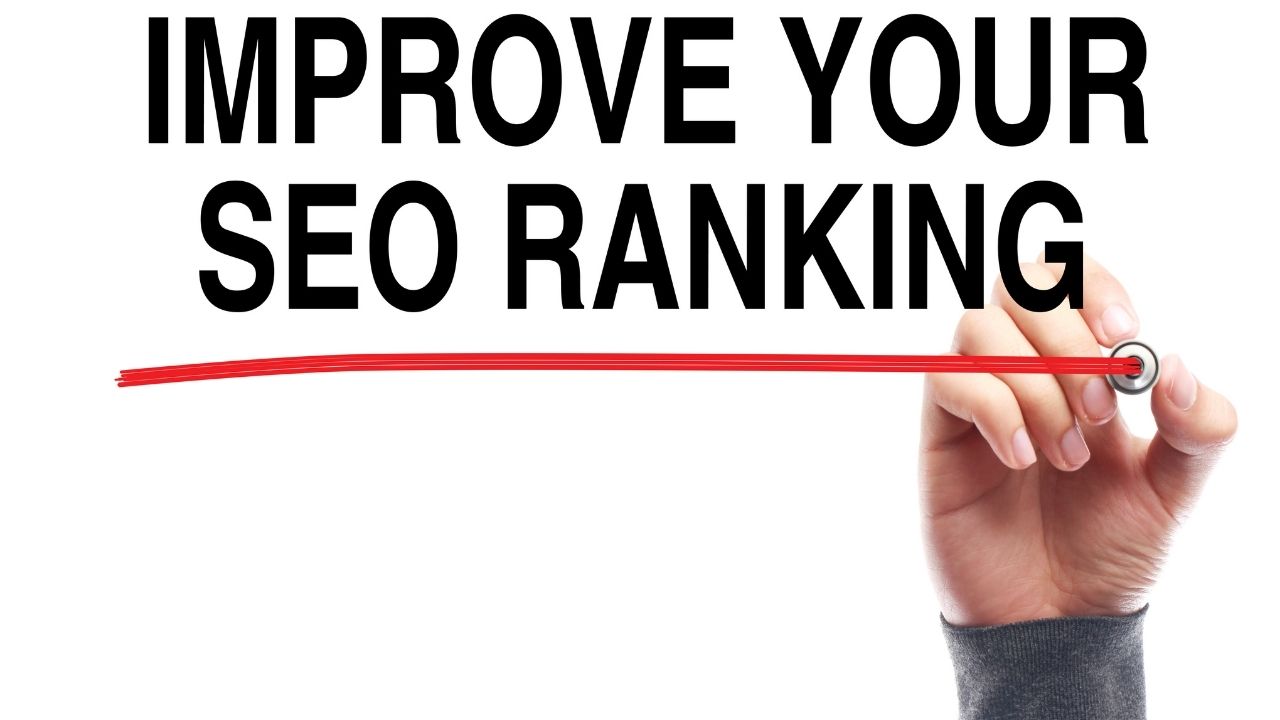
The idea of negative SEO was once a theory. Today, it is common to see negative SEO tactics used. These tactics are primarily used in niche markets where competition is relatively low. These tactics have their place, however. Here are some negative SEO strategies. Below are some examples. These examples are listed below:
Negative link building
Negative SEO link-building practices are the foundation of black hat SEO. Your site's ranking can be boosted by inbound links. But there are warning signs that a link farm may be present. A plan to manipulate the search engines algorithm could also be indicated if the same content appears across multiple websites. In such cases you should immediately disavow links from those domains and start to build a relevant, quality backlink profile.
Spammy backlinks are another common negative SEO technique. These backlinks are often built by rivals or link farms and are sometimes called PBNs. Although SEO professionals claim that these methods work, Google penalizes websites that create them. Spammy backlinks must have thousands of them, and the "right anchor text" in order to be effective. Negative SEO tactics include overusing anchor text.

Scraping content
Your website's traffic can be affected by content scraping. Google won't rank duplicate content and will not accept any other versions. However, you can syndicate content to sites with high authority. As long as the link to the original post is included. In this way, Google will recognize the original author of the content. However, persistent scraping may result in your website being delisted in search results. To prevent this from happening, you should follow some basic steps.
To combat content scraping, you should implement the disavow tool. Google provides this tool that allows you submit a list containing links you do not want to be indexed on your site. You can use the disavow tool to identify sites that are being scraped by spammy links farms. This tool can help you block spammy links. Additionally, URL parameters used in ecommerce systems are often used by scrapers to find and block spammy links.
Google's disavow utility
Google's Disavow tool can be used to remove spammy links if you are concerned about your website presence. Although it is straightforward, you may find it intimidating at first. You may find it intimidating to use this tool if it is your first time. This process can take up to several weeks.
A website can be removed from the search engines by disavowing links. Just create a new file with all the URLs and links that you want to eliminate. The disavow.dat file cannot exceed 2MB. Be sure to compile a list before you begin. If you've already uploaded a disavowed hyperlink, you need to overwrite it with another one. If you're not sure how long it will take, watch Google Webmaster Office Hours.

Request for removal of links
Asking the webmaster to remove a link that is doing bad SEO is the first step. If the link is part spam comments on a site, it may be possible to remove it. However, it's worth noting that if you're not successful with this method, you may need to try a different approach. If you cannot get the webmaster removed the link, you may need to pay the webmaster.
Disavow the link from your website is another option. While disavowing links can negatively impact your website's rankings, it is important to verify that the link works before you contact webmaster. Google won't accept spammy or non-relevant links. This could cause further damage. The disavow tool must work correctly and should fix the problem.
FAQ
Where can you find your keywords?
First, you need to think about the type of products and services that you offer. Next, search for terms related to these things. Once you have your list of phrases in hand, you can use Google Keyword Planner tools to identify the phrases people search for. Or you can go straight to search engines like Bing or Yahoo.
What is a PPC Ad?
Pay-per-click ads are text-based advertisements that appear at the top or bottom of a page.
These advertisements are extremely targeted, meaning advertisers only pay when someone clicks on them.
PPC advertising is very similar in concept to Pay Per Call advertising. We'll talk more about this later.
What are different SEO strategies available?
Search engine optimization (SEO), search media optimization (SMO), as well as pay-per click advertising (PPC) are all examples of different SEO strategies.
SEO is the process of optimizing content for keywords using text formatting, HTML codes, and other features.
This will ensure that your site ranks higher in search results pages.
Social media optimization is the process of optimizing your website so that it can be used on social networks, such as Twitter, Facebook, or Google+.
These can help you build your online reputation and increase traffic to your site when people search for related topics.
PPC ads are also displayed at the top search results pages and show relevant products or services.
Advertisements on Google paid searches are the most popular type of PPC advertising. These are very cost-effective, but they can also be expensive.
There are many other types of PPC advertising, including video ads, display ads and sponsored posts.
Statistics
- Deleting those 10k pages is one of the main reasons that he improved his site's organic traffic by nearly 90%: (backlinko.com)
- : You might have read about the time that I used The Content Relaunch to boost my organic traffic by 260.7%: (backlinko.com)
- And 90%+ of these backlinks cite a specific stat from my post: (backlinko.com)
- 93%of online experiences today begin on search engines. (marketinginsidergroup.com)
- A 62.60% organic traffic boost to that page: (backlinko.com)
External Links
How To
How do I know when I'm doing good SEO?
There are many indicators that will help you determine if you're doing great in SEO.
-
Your bounce rate should not exceed 30%. Users will leave your website without clicking on any other links. A high bounce rate indicates that your audience doesn't trust your brand or isn't interested in what you're selling.
-
People visit multiple pages on your site - this shows that visitors are engaging with your site and finding something useful.
-
Your conversion rate keeps improving. This is because your audience is becoming more aware of your products or services and wants them to buy them.
-
Your average time on site is increasing - people spend longer viewing your content.
-
Searches are attracting more people - this is a sign that your SEO is doing a great job.
-
You get more shares on Social Media - this indicates that your content has been shared by others and reaching audiences beyond your following.
-
You're getting more comments on forums - this shows that people respond positively to your work.
-
Increased engagement means more likes and tweets around your site, as well as shares, shares, likes and likes on posts.
-
Your rank in SERPs has been increasing, which is a sign of your hard work paying off.
-
You are getting more leads from your website. This is an indication that people have found you website organically, and are now contacting me.
-
Your sales are growing. This means that people who come to your website looking for products and services are now purchasing them.
-
Your blog post gets more views/comments, showing that people find your content interesting and helpful.
-
Your email list will have more subscribers - this means that people trust your business enough to subscribe to your updates.
-
Sales are rising - this shows that people like you and your products so much that they are willing to pay for them.
-
You've gained more social network followers, which shows that your fans share your content with others and engage with your brand.
-
You're getting more PR mentions - this shows that journalists are talking about your brand online. This helps spread awareness about your company and boosts your reputation.
-
This indicates that other companies have also recommended your brand.
-
People keep returning to your website - this shows your customers are happy with your work and will come back again the next time they need your help.
-
Your competitors are losing ground. They didn't invest as heavily in their SEO campaigns. This makes them appear bad.
-
The image of your brand is changing. This means that your brand is becoming more popular with a new audience.